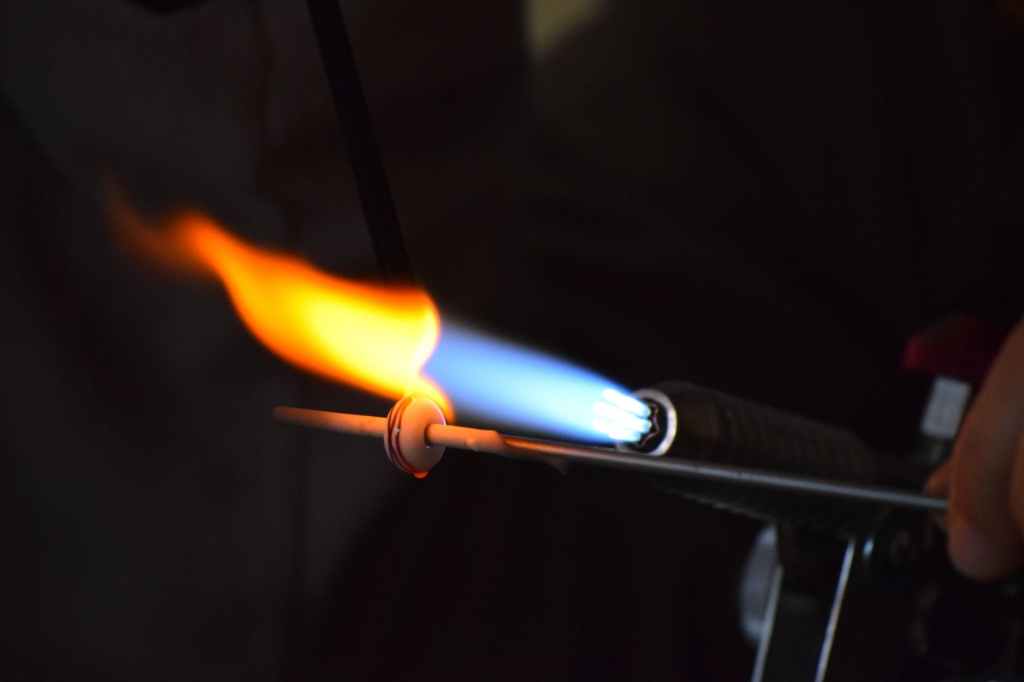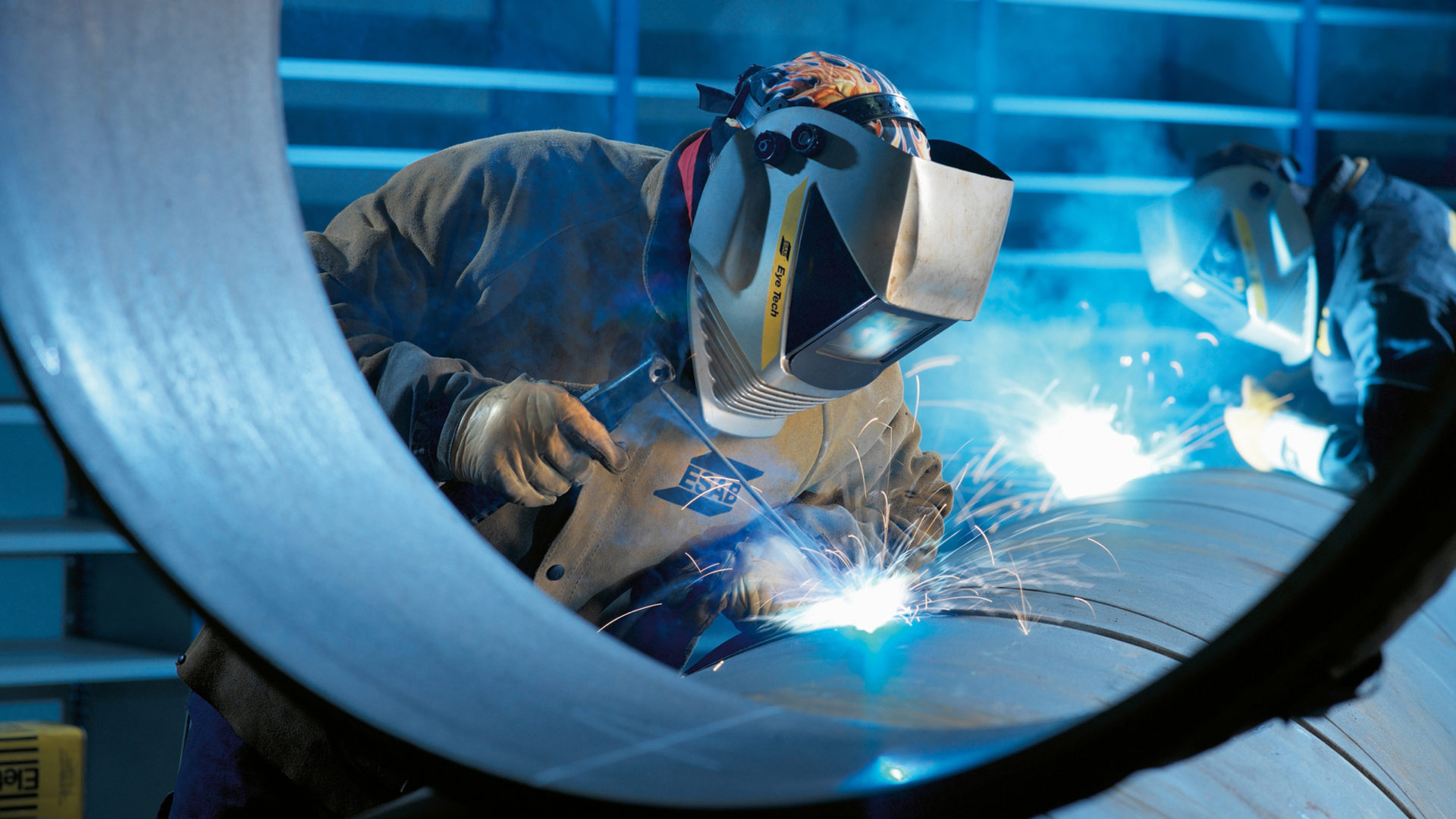What's the Difference Between Soldering, Brazing, and Welding Material?
Brazing, soldering, and welding are different methods available to join multiple pieces of materials, especially metals. A major difference between soldering, brazing, and welding material is the specific temperature to use for creating the joint. The base material melts for most of the welding processes to form a joint. Welding doesn’t necessarily require shielding gases or filler metals to make joints. On the other hand, soldering and brazing are quite the same as they both involve melting of the filler metal (solder or braze) only, instead of base materials.

The solder or braze metal (liquid filler) wet base materials with capillary action. The liquid filler bonds to base materials after solidifying to form the joint. The main difference between brazing and soldering is the different filler metal melting temperatures. Let’s take a look at the three processes from the application and processing perspective.
An Insight into Soldering, Brazing, and Welding Material and Processes
All three processes come with unique benefits and possible drawbacks also. Let us help you establish a better understanding of the three processes, one by one, starting with the welding material process.
1. Welding Process
We have different welding processes available, including electric beam, arc, laser, resistance, and friction. This process is ideal for joining most metals that are quite familiar to people. However, the process has a common use for many regular manufacturing materials, like steel, titanium, and aluminum. We can easily find several welded components around us, like ships, cars, buildings, bridges, and airplanes.
Advantages & Disadvantages
The main benefit of welding is that it produces sturdier joints than soldering or brazing. However, the strength of the joint also depends on the quality of the welding material and the accuracy of the joint. The joints produced with welding are ideal for high-temp applications. You can easily join thick and thin metal sections with the help of welding. However, it depends on the type of process.
On the other hand, welding produces greater residual stresses and thermal distortion in welded joints than brazing and soldering. It is the primary possible drawback that you must consider before choosing the welding process for your application. Additionally, welding also relies on heat treatment after processing to dismiss residual stress of the joint. It depends on the welding material process and application. The last possible drawback of welding is its inability to join dissimilar materials.
2. Soldering Process
Solder melts through the heat produced from a temp-controlled soldering iron. It melts at below 450-degree centigrade temperature. Soldering involves using flux for cleaning metal surfaces that ensure easier liquid filler flow over base materials. You can use copper, gold, silver, and iron as a base material to produce joints by soldering. At one time, lead-based filler materials were the appropriate materials for soldering. However, the use of a lead-based solder is now prohibited due to regulations. Now, we have lead-free solders, probably consisting of bismuth, tin, silver, indium, copper, or antimony.
Soldering is a very common process to make electrical connections in the electronics world. You can consider soldering to join copper to PCB (printed-circuit-boards). For instance, a plumber connects copper wires using the soldering process. One high-value example of the soldering application is its use to assemble the jewelry.
Advantages and Disadvantages
The biggest advantage of soldering is that it requires low processing temperature and power input to work than brazing and welding. Another benefit of soldering is its ability to work with base materials that are not similar. It is a quality that we miss in the welding material process. Moreover, you are also able to make connections among thin-walled components. There will also be minimal residual stresses and thermal distortion in joints. Another significant advantage of soldering is that there is no need for heat treatment after the processing.
The biggest disadvantage of soldering is that it doesn’t produce stronger joints when we compare the joint quality with brazing and welding joints. Therefore, soldering is not desirable for applications requiring load-bearing. Moreover, you would also not be able to connect large sections using the soldering process. Joints produced with soldering are not suitable for high-temp applications. Fluxes may also have toxic components.
3. Brazing
Brazing is a suitable alternative for soldering when you need to produce joints for high-temp applications. Several variants of brazing are available, such as torch brazing, furnace brazing, induction brazing, and vacuum brazing. Braze liquid filler can melt at above 450-degree centigrade temperature irrespective of the metal type. However, it always melts below 450-degree centigrade when you join base materials. When you heat filler metals just above the melting point, a suitable atmosphere protects it that is usually supplied by the flux. The flux also assists in cleaning metal surfaces like soldering.
Suitable base materials for brazing are copper, aluminum, silver, nickel, gold, and steel. Key filler metals for brazing include cobalt, aluminum, silver, copper, gold, or nickel. Such metals are usually alloyed with some elements for obtaining desirable performance and properties. The brazing process is a commercially adapted process that many industries use for its high integrity and flexibility. Therefore, it is the most reliable process for non-critical and critical applications.
Advantages and Disadvantages
The key benefit you would get with brazing is its low processing temperature and power requirement compared to the welding material process. Apart from that, brazing produces joints with the least residual stresses and thermal distortion than welding. There is no need for any kind of heat treatment after completing the process. You can also join dissimilar base materials with the brazing process. Another significant benefit associated with brazing is that it produces stronger joints compared to soldering.
The joints produced through brazing are lower in strength than joints produced with welding. It is the most critical factor that you should keep in mind while selecting the process. Moreover, brazing joints are also not suitable for applications that require high-temperature resistance. Fluxes can also hold toxic components, so it is another important factor to keep in mind.

Take Away on Welding Material
All three types of methods to join different materials have unique benefits and potential drawbacks. Due to this, they are appropriate for different types of applications. Choosing the right method or process depends on the various factors and situations in which they are used as we discussed in this article. However, there is one thing common in all. And that is to make sure that you must use high-quality brazing, soldering, or welding material to ensure a strong joint.
To learn more about this topic, you can contact us anytime.




